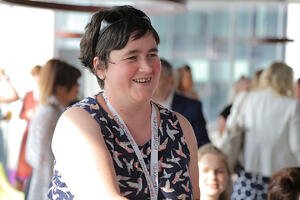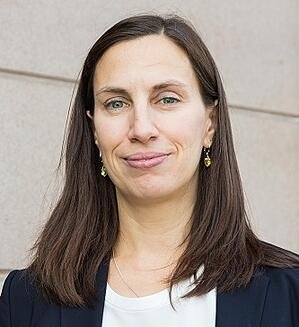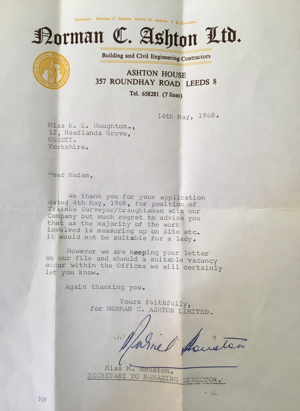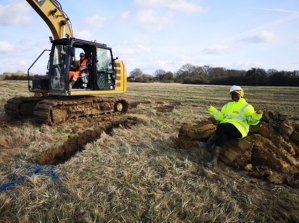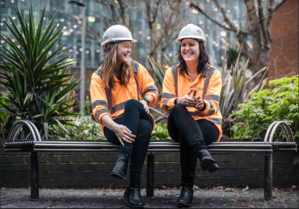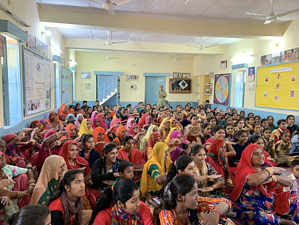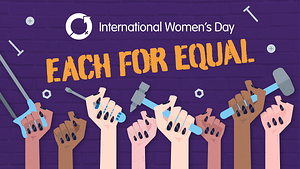How can managing the project environment create more effective teams? This was one of the themes from my recent talk at the Women in Construction Summit on 16th May 2019.
When people enjoy what they do they perform better. Productivity and creativity is higher and more is achieved. Only 15% of people are engaged at work, according to a 2017 Gallup worldwide poll.
The statistic is staggering.
Bringing it closer to home, how can this be related to construction?
If just 15% of people are engaged at work, the chances of everyone on your project teams falling into this category are slim (statistically speaking).
Add to that the backdrop of construction’s challenging reputation for project delivery, it isn’t a stretch to see that improving the performance of the project team will increase results for clients.
So, how do we do that?
At Clarkson Alliance we have spent years understanding how to motivate and lead teams to deliver more consistently. The recurring theme in our research is that creating an environment of mutual trust and support gets the best out of individuals because they feel respected and valued. They’re not afraid to bring ideas to the table for fear of disagreement; they problem solve together and settle conflict better.
Think back to a project that went well and the relationships between the different parties. The chances are it was primarily amicable and respectful.
Radecki & Hull, who studied the performance and productivity at Google, call this Psychological Safety. They looked at the cognitive patterns of high-performing teams in the organisation and identified that when individuals are triggered into a stressed state, decision making, thinking and creativity are hindered.
Construction projects can often be high stakes and pressurised, so it stands to reason that by having an emphasis on a more congenial environment, the project team will perform better and the results will be more consistent for clients.
Speaking at the Women in Construction Summit highlighted another disappointing statistic.
Just 12% of the industry are women. Females reportedly have higher levels of empathy than men, according to a Cambridge study in 2018. So, there is reason to believe they could adapt well to creating work conditions that are considerate of how individuals are motivated.
This is an even greater reason to get more women into leadership in construction.
When I started my career in 2004, there weren’t many women at all and in fact only one woman for me to look up to. By increasing diversity, we can also help to change the image of the industry through a leadership style that values the people on the project who ultimately achieve the project outcomes.
But it’s not just about women, it's about how we can all focus on getting the best out of everyone in the team by contributing to an open and supportive project environment which creates better results asa consequence. It’s time we put people first if we want repeatable results.
Anna Etherington-Smith is Head of Project Management at Clarkson Alliance Project and Cost Management Consultancy. She has over 15 years’ experience in the construction industry, having started her career as a structural engineer, before progressing to construction management and then project management. As Head of Project Management, Anna motivates and inspires others to succeed through her passion for continuous improvement and communication.
Interested in supercharging your construction career?
The Women in Construction Summit returns in 2020. The conference offers a broad range of career and personal development workshops, critical discussions assessing company case studies and inspiring keynote presentations from advocates who are challenging the norm.




